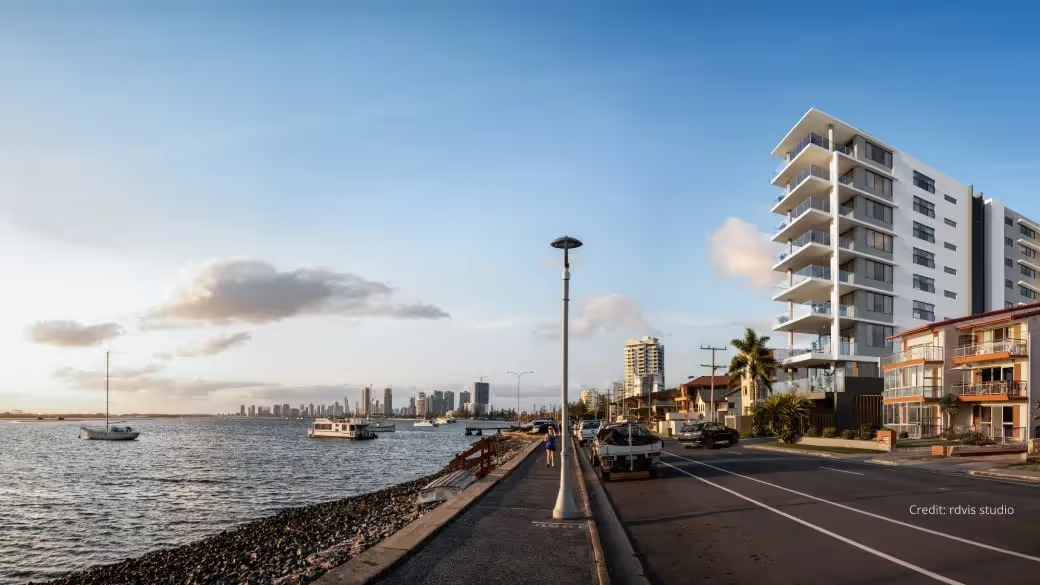
RDVIS is a small studio founded seven years ago specializing in photorealistic architectural visualization. The studio provides top-of-the-line 3D renders, animations, and virtual tours of not-yet-built projects to clients around the world. Today we're talking with Robert, an artist at RDVIS about their work, the industry, and how they're using GarageFarm to complete their projects and push forward new technology.
If you're interested in learning more about how GarageFarm is supporting artists and studios with cloud rendering solutions, visit our online render farm to receive $50 of free render credit towards your first project!
Robert, the primary artist behind RDVIS, started the career in the game development industry, where he fostered his interest in archviz by utilizing real-time gaming technology to explore and design public projects. From there, Robert started RDVIS. Now, the studio focuses wholly on how to create the best digital content for architectural projects.
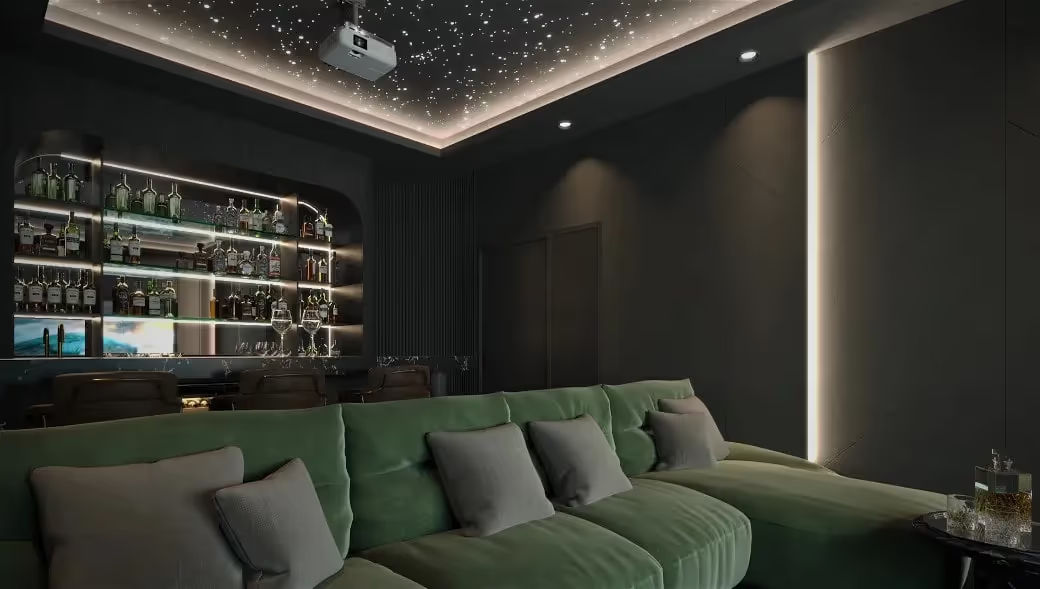
"My background is in the gaming industry and real-time urban planning solutions. My career started with creating computer games for Steam and apps for iOS and Android, then I moved into the urban planning and civil construction planning space utilizing real-time gaming technology to explore and design spaces for government and public projects. I was exposed to the architectural visualization industry, which started to take off…This eventually led me to become a full-time freelancer, and I started RDVIS..."
The studio provides many services but specializes in 3D static images and animation. They also have a full suite of services targeted at architectural projects looking to get off the ground, including web design, marketing prints, design consultation, and their new technology, ArchviewVR, which creates immersive virtual tours.
Rendering is always a concern for small archviz studios that lack the scale to build their own farm, but are too big to render all their projects locally. To bridge the gap, RDVIS now uses GarageFarm for rendering many of their larger or more complex projects. Almost all of their animations and virtual reality content are rendered in the cloud. They switched to using GarageFarm a few months ago after having some difficulties at other farms.
"We felt like we were being overcharged and not offered support at previous render farms. We would have projects with problems, and not get solutions, and also have to pay 5-10x the price of GarageFarm for a render."
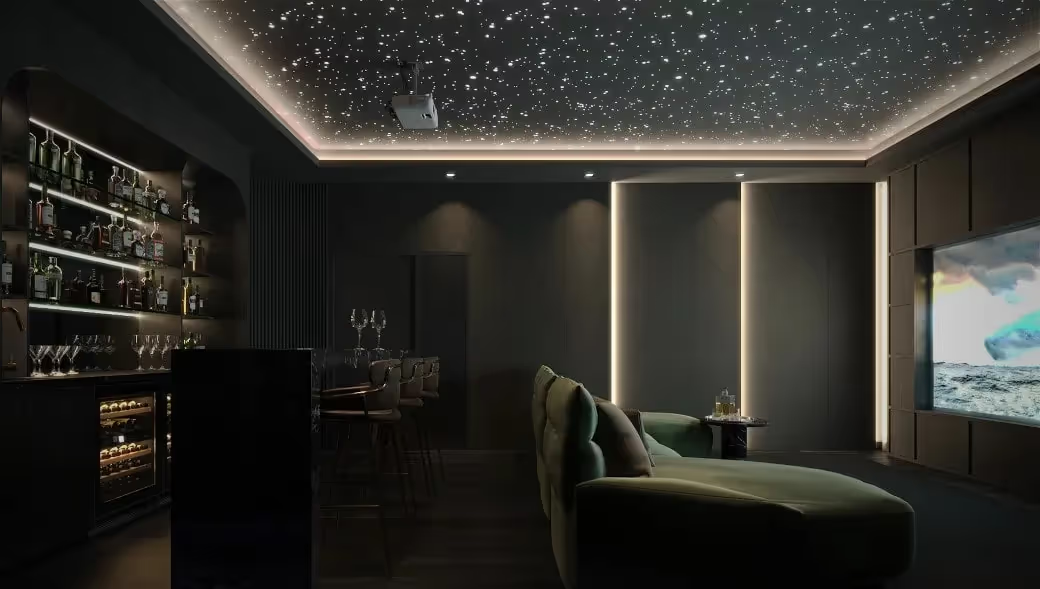
"I have only used GarageFarm for a few months, but so far, I have rendered more projects here than I have with other farms over the last three or so years. GarageFarm makes it so easy to render an animation, and they are the best support and service I have experienced…I would be lost if I didn't find GarageFarm."
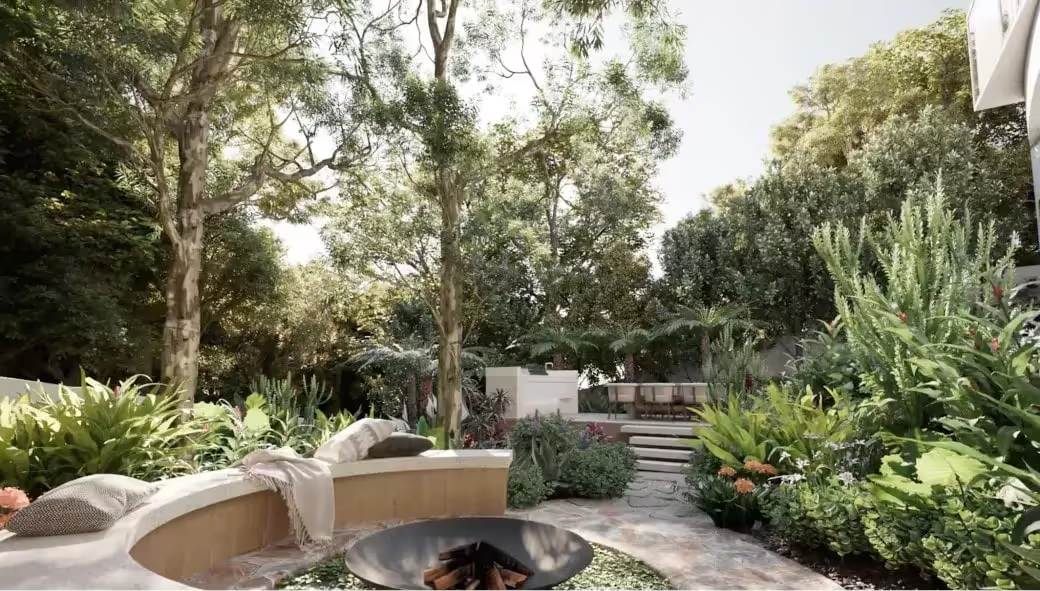
The diversity of projects and content RDVIS produces causes their software and rendering needs to stand out from other, more traditional studios. Their team often faces challenges with matching up the software and scenes across their remote work-from-home team and when sending their projects to render. GarageFarm's renderBeamer plugin helps bridge some of these gaps.
"We have multiple artists working at RDVIS, and with everyone working from home, it's hard to keep all plugins and software and scenes in exactly the same setups. [Furthermore], we always had different errors with other farms…With our in-house software ArchviewVR, we have to render hundreds of panoramas at 8000px resolution. This would crash on other farms, but with GarageFarm, the render nodes are exactly what we need, and things work the first time so we can meet our deadlines…we have found [GarageFarm to be] the best render service we have used in years!"
The studio's primary software of choice is 3ds Max and Corona, though they also make extensive use of Forest Pack and Railclone for their work. Utilizing the capabilities of these tools, the studio is able to achieve detailed results without spending days or even weeks on manually placing plants or other randomized elements.
As the industry shifts towards higher production values and an increased focus on interactivity, RDVIS is working increasingly more on virtual reality and animation content. In a growing industry, these types of offerings are what can set a studio like RDVIS apart from the already vast competition within the archviz scene.
"We work on 80% client projects and 20% internal marketing projects to showcase our work. Usually, we render Virtual Tours and Animation for projects internally to show our clients and generate more business."
RDVIS' virtual tours allow users to move around room-to-room in a 360° rendered environment interactively. The technology pushes the world of 3D real-estate tours to the next level by allowing prospective buyers or architectural firms to view a space prior to a building being finished, or even started on.
Looking to the future, RDVIS plans to continue to grow its services to continue providing the best product possible to its clients by improving its skills and service offerings, including its VR offerings.
"VR is the next thing for us, ArchviewVR we believe, is the new way to experience off-the-plan developments and explore spaces online…We are also doing and offering more animation for our clients, as we have the confidence to render many frames and meet deadlines now that we have found GarageFarm."
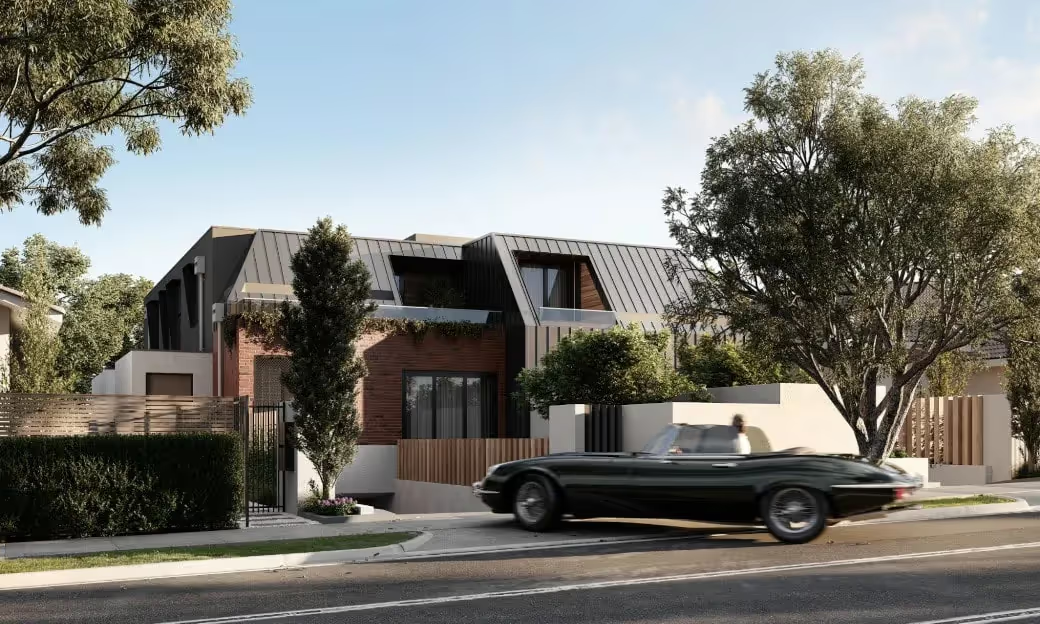
RDVIS will soon launch its online VR platform for other studios to use and create VR tours for their clients. You can learn more about their platform at www.archviewvr.com.au. Their team is also looking at using real-time rendering tools at some point, but they don't believe the emerging technologies will be a silver bullet. They argue traditional rendering tools still offer artists more control over the look and feel of their work.
"We feel that things are at a good place now; it will be a few more years before real-time can really take off and become a normal process. But for now, rendering will continue to involve more artist feel and mood to get high-quality emotive feelings for clients."
We want to thank the artists at RDVIS for taking the time to talk with us! To keep up with their team, you can visit their website at www.rdvis.com or on Instagram @rdvis.creative.